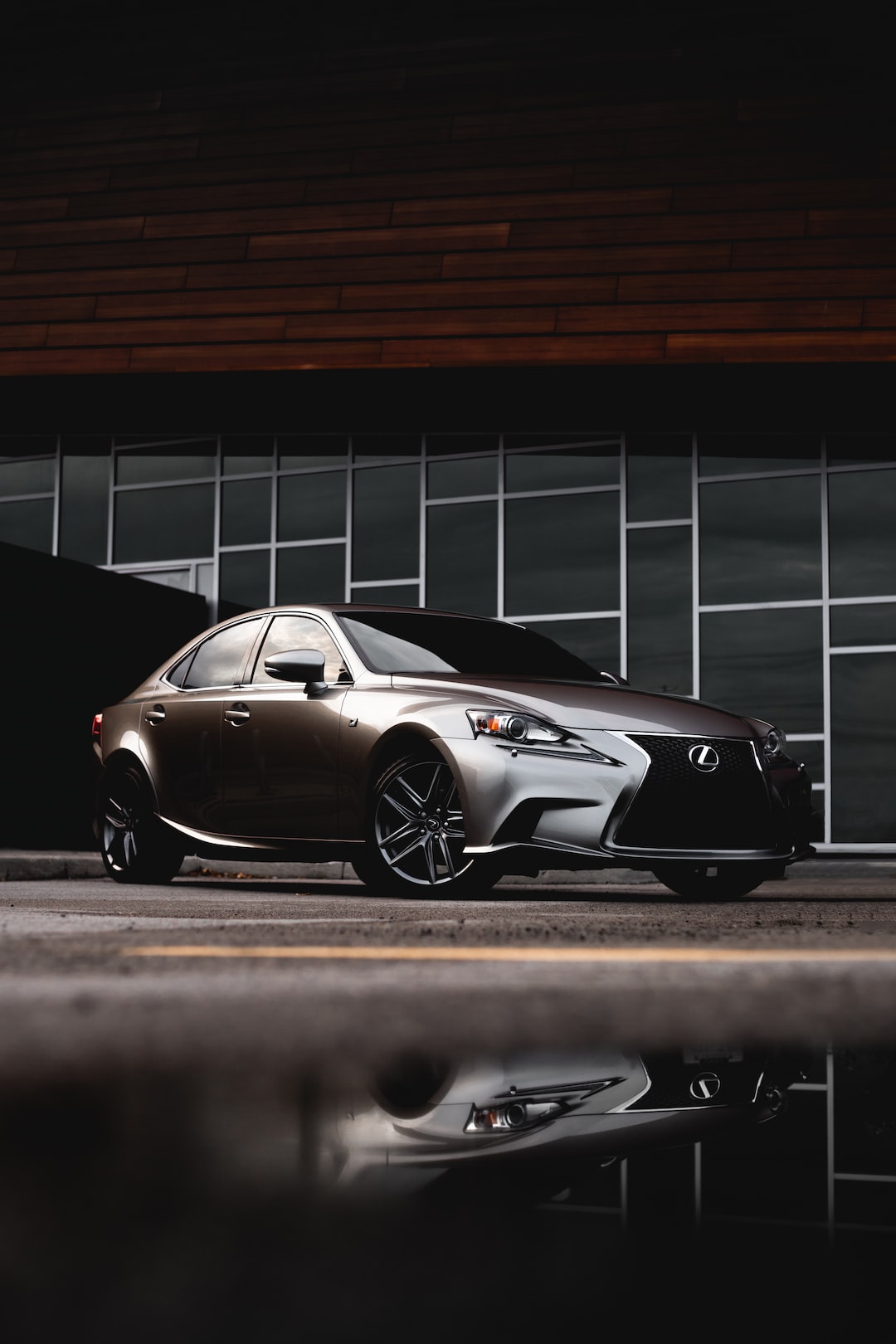Car insurance is a critical component of responsible car ownership. It helps protect both you and your vehicle against financial losses in the event of an accident or theft. However, navigating through the various types of car insurance coverage can be overwhelming. To make it easier for you to understand, this blog post will break down the different types of car insurance coverage available.
1. Liability Coverage: This is the most basic type of car insurance coverage that is required in most states. It covers the bodily injury and property damage suffered by others in an accident that you are legally responsible for. It does not cover any damages to your own vehicle or injuries you sustain.
2. Collision Coverage: This coverage is designed to cover the cost of repairing or replacing your own vehicle in the event of a collision, regardless of fault. It can be especially valuable if you have a new or expensive vehicle.
3. Comprehensive Coverage: Unlike collision coverage, comprehensive coverage provides protection against non-collision-related damages or losses. This can include theft, vandalism, natural disasters, and falling objects. If you live in an area prone to extreme weather or have concerns about theft, comprehensive coverage may be worth considering.
4. Personal Injury Protection (PIP): Also known as no-fault insurance, PIP coverage pays for medical expenses, lost wages, and other related costs for you and your passengers regardless of who is at fault in an accident. It can be particularly beneficial for those without health insurance or with higher risk occupations.
5. Uninsured/Underinsured Motorist Coverage: Unfortunately, not all drivers carry enough insurance coverage, or worse, do not have any at all. Uninsured/Underinsured Motorist Coverage protects you and your passengers if you are involved in an accident caused by an uninsured or underinsured driver.
6. Gap Insurance: This type of coverage is essential for those who have financed or leased their vehicles. If your car is totaled or stolen, gap insurance covers the difference between the actual cash value of your vehicle and the remaining balance on your loan or lease.
7. Towing and Rental Reimbursement Coverage: While not essential, these optional coverages can provide peace of mind. Towing coverage pays for the cost of towing your vehicle to a repair shop, while rental reimbursement coverage covers the cost of a rental car while your vehicle is being repaired.
Understanding these different types of car insurance coverage is crucial when selecting a policy that suits your needs. It’s important to balance your desire for affordability with adequate coverage to protect you from financial loss. Remember to consult with an insurance professional who can guide you through the various options and help you make an informed decision. By doing so, you can drive confidently, knowing that you have the right coverage in place to protect yourself and your vehicle.


